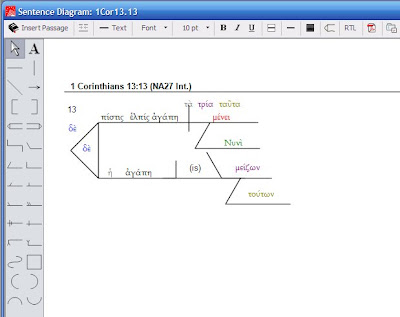

The second remarkable thing about Reed and Kellogg diagrams is that they are not in fact part of the tool-kit of any academic linguists. You yourself may remember sentence diagramming from your own school days indeed, it may be because of this that you're reading this blog, because a lot of people loved it. Not only that, but it spread well beyond the USA, so a very similar system is still taught in many European countries (though not, alas, in the UK) for example, schools in the Czech Republic teach sentence diagramming so successfully that researchers are investigating the possibility of including school children's analyses in a working tree-bank of analysed sentences. For a long time 'sentence diagramming' flourished throughout the American school system, and although it was strongly condemned as a useless waste of time in the 1970s, it still persists in many schools. The Reed and Kellogg system is still going strong, nearly 150 years later. First, it's a product not of the nineteenth century, but of our twenty-first century, being generated by an online parser. Just thirty years later, two other Americans, Alonzo Reed and Brainerd Kellogg, showed typical American marketing skills with a better implementation using lines instead of bubbles, like this:Ī number of things are remarkable about this diagram. Here's an example (applied to a typically worthy sentence the diagram comes courtesy of Google Books): Admittedly, his implementation of the idea wasn't great, because it involved rather clumsy bubbles. It was only in the early nineteenth century that an American, Stephen Watkins Clark, achieved the breakthrough for which he has received virtually no credit since – how many of us even know his name? In 1847 he published the idea of drawing a kind of map to show a sentence's physiology. For thousands of years they didn't even have word-spaces or punctuation. Grammarians spent several thousand years trying to think about syntax without diagrams, but it was hard, and they didn't get very far into structural details. How can you think about a sentence's structure without displaying it visually? Geographers have maps mathematicians have equations musicians have musical notation economists have graphs and grammarians have trees. What tools does a grammarian need? A brain helps, and so does a computer, but surely one of our most essential tools is some kind of diagramming system. This post gives some of his reflections on the pre-history of the grammarless state that he played a role in changing. This is a guest post by Dick Hudson, who has promised a later submission about his experience helping to organize the re-introduction of grammatical analysis in the British school curriculum.


 0 kommentar(er)
0 kommentar(er)
